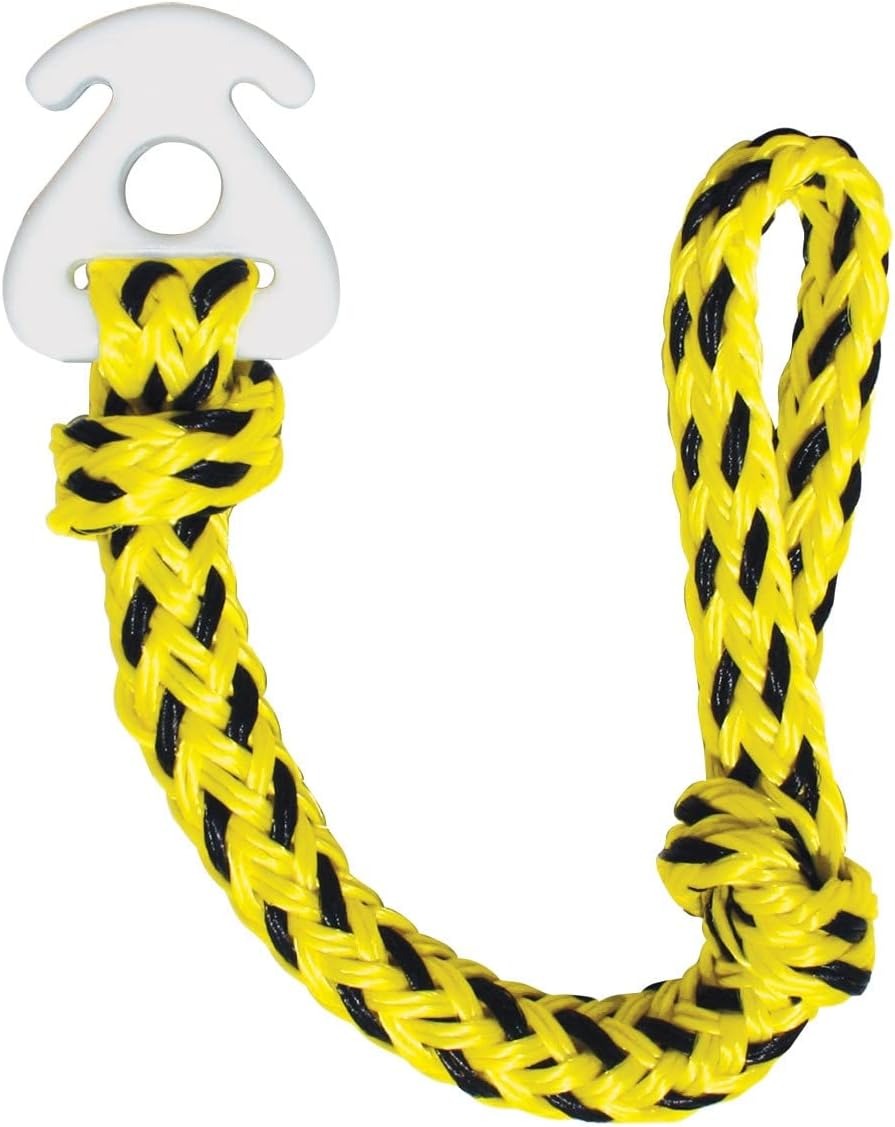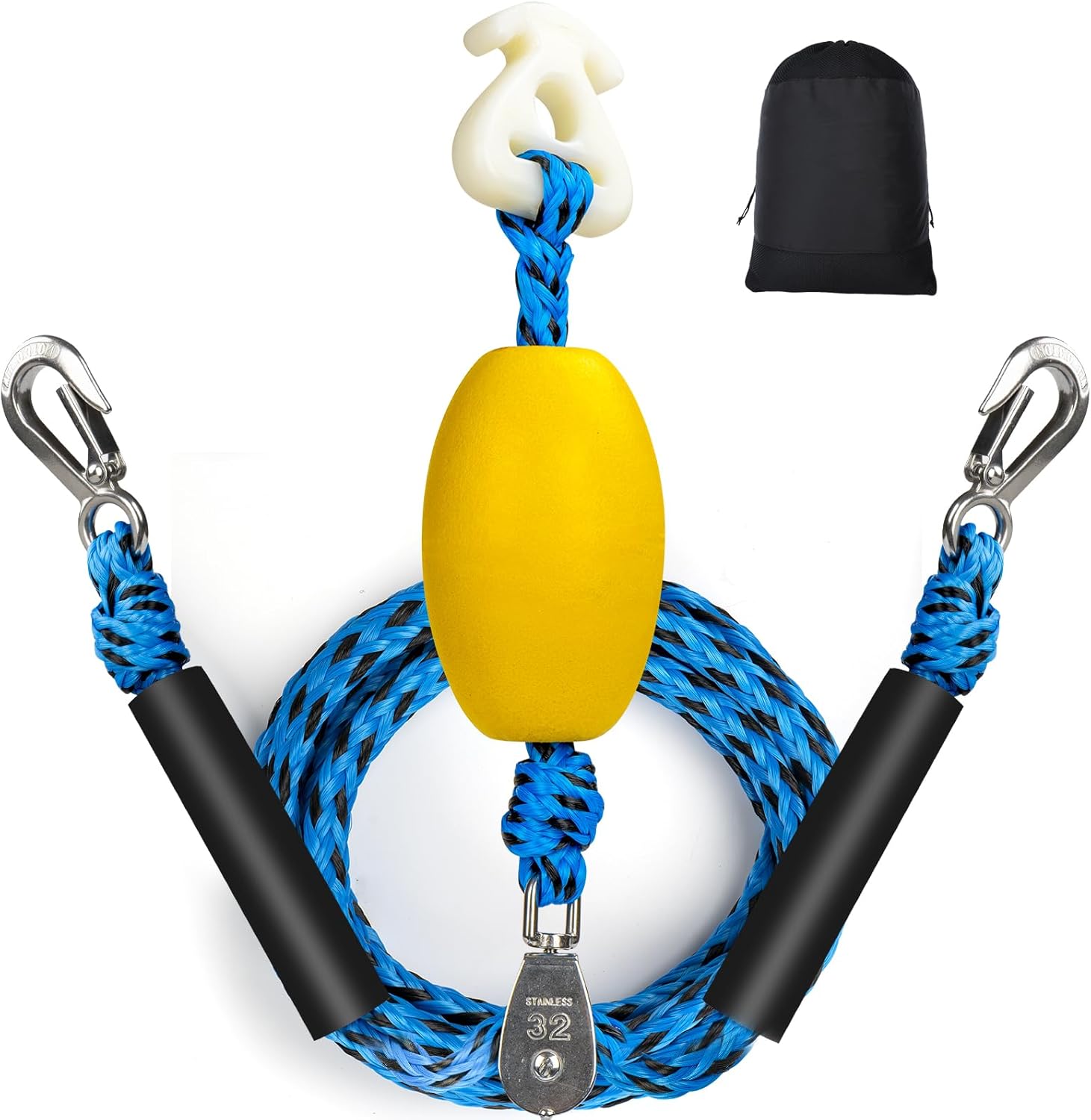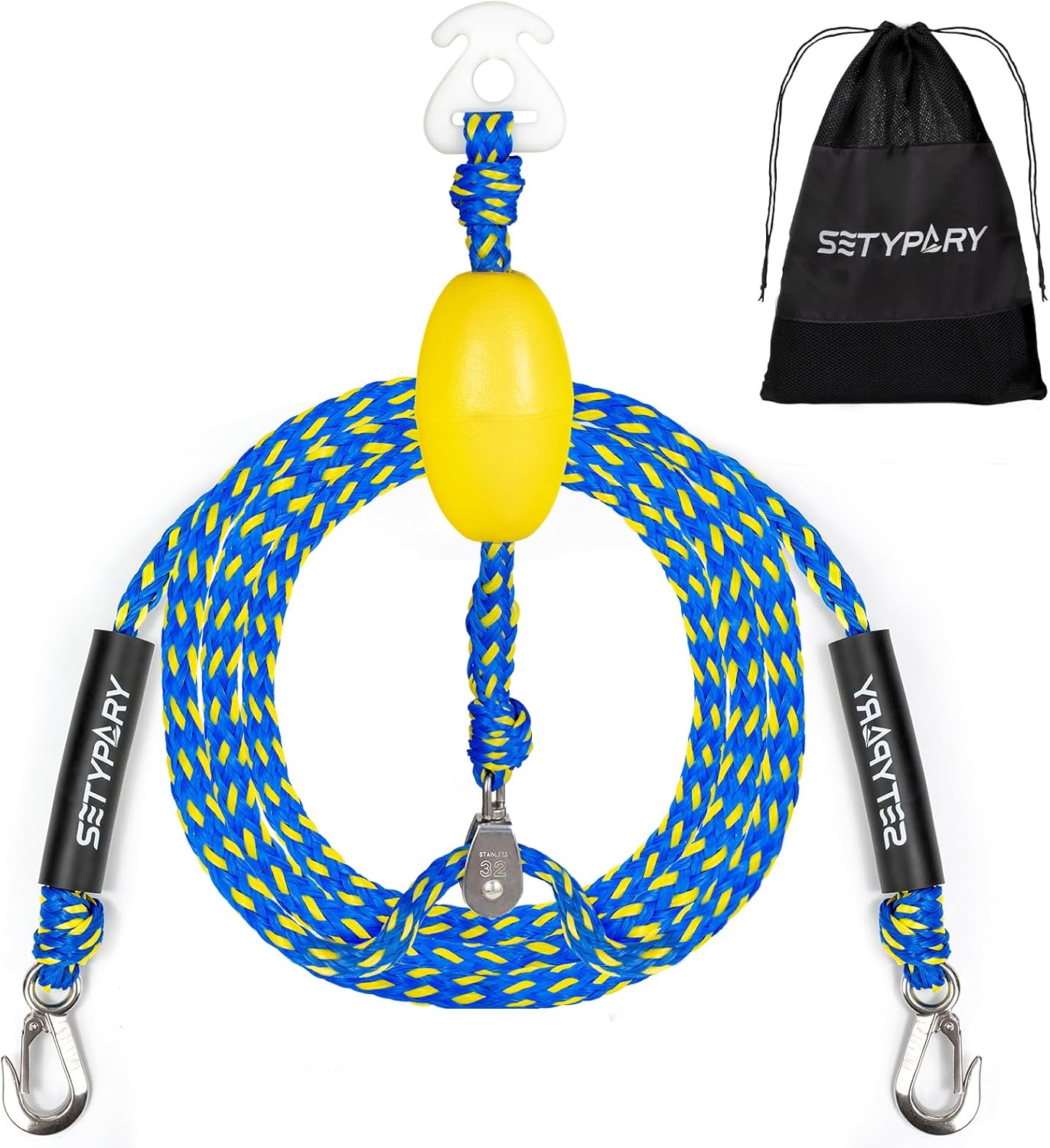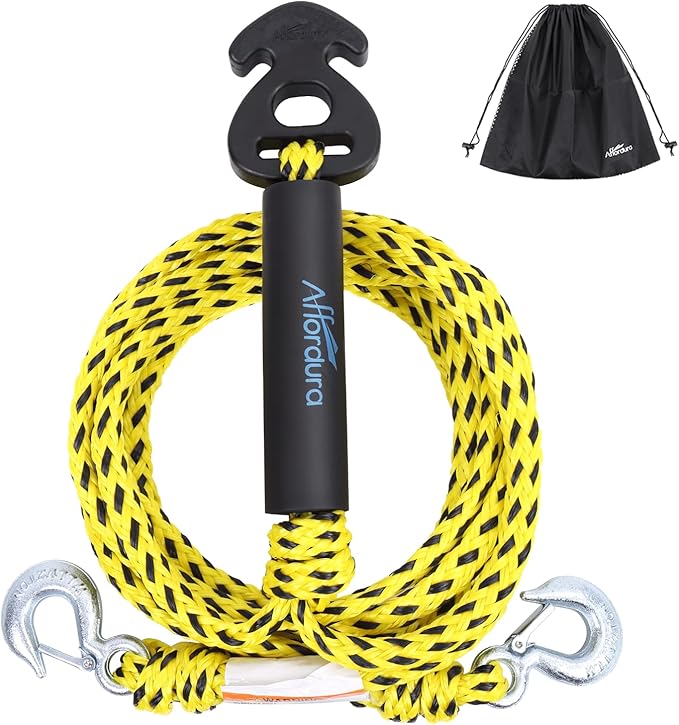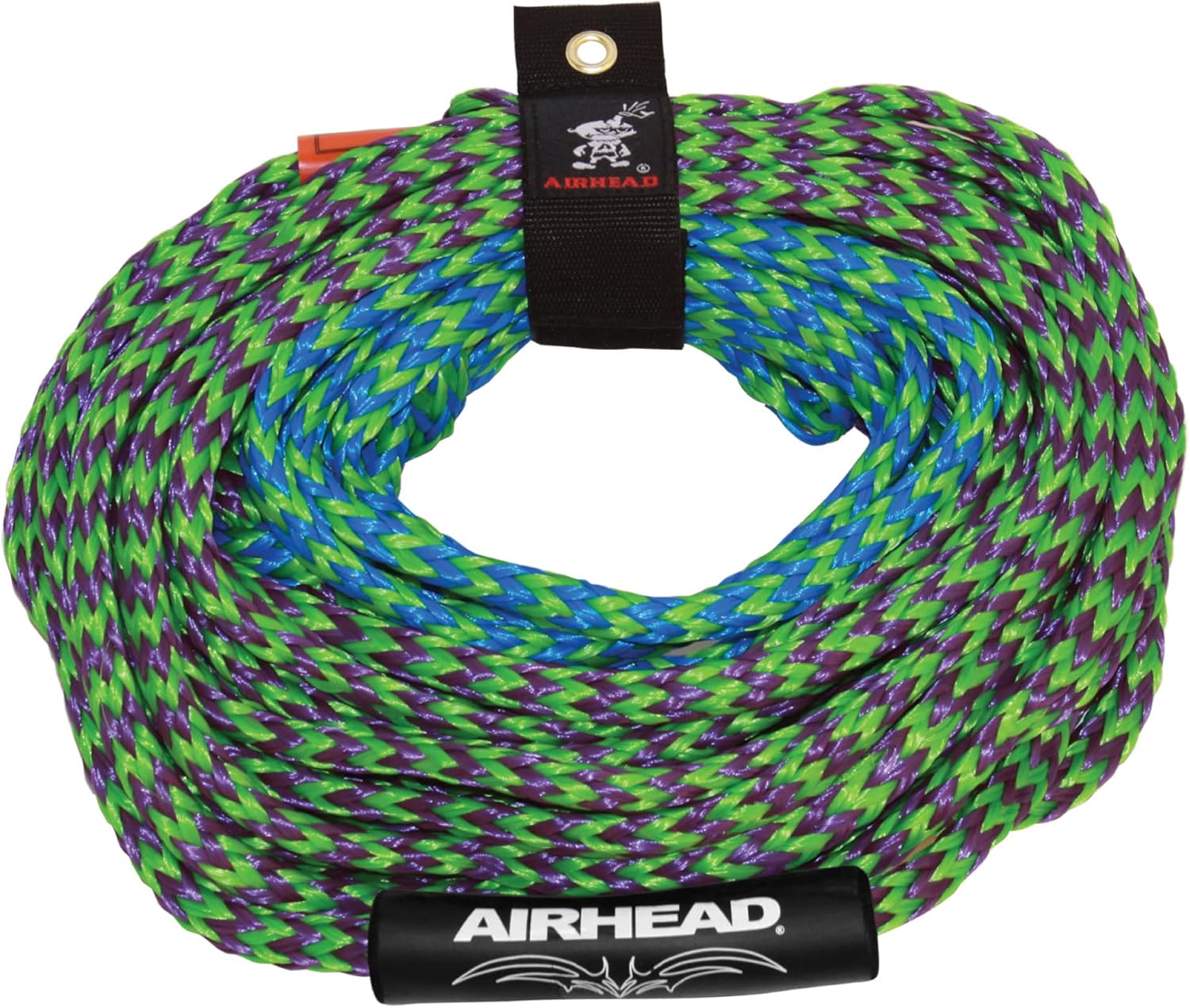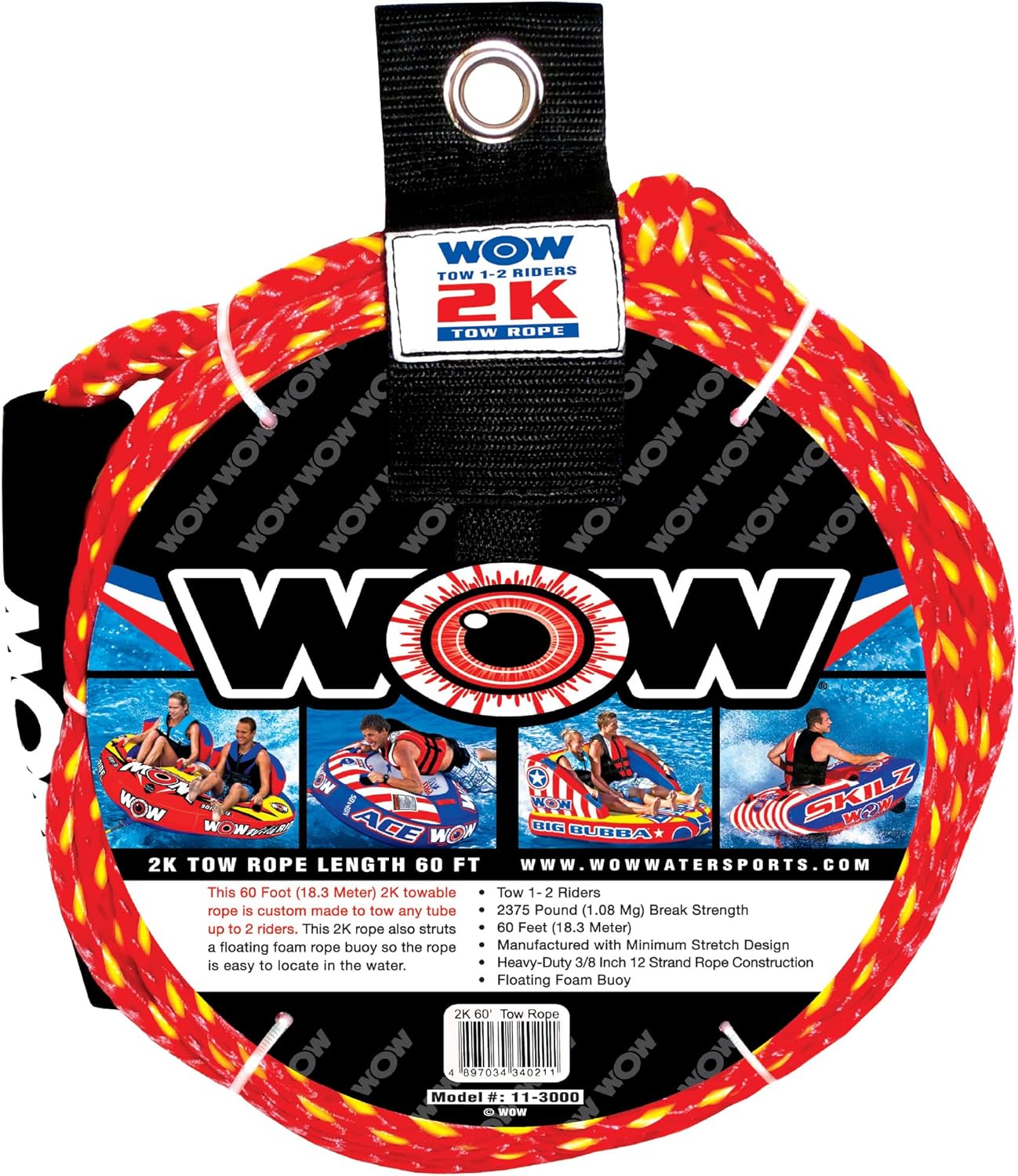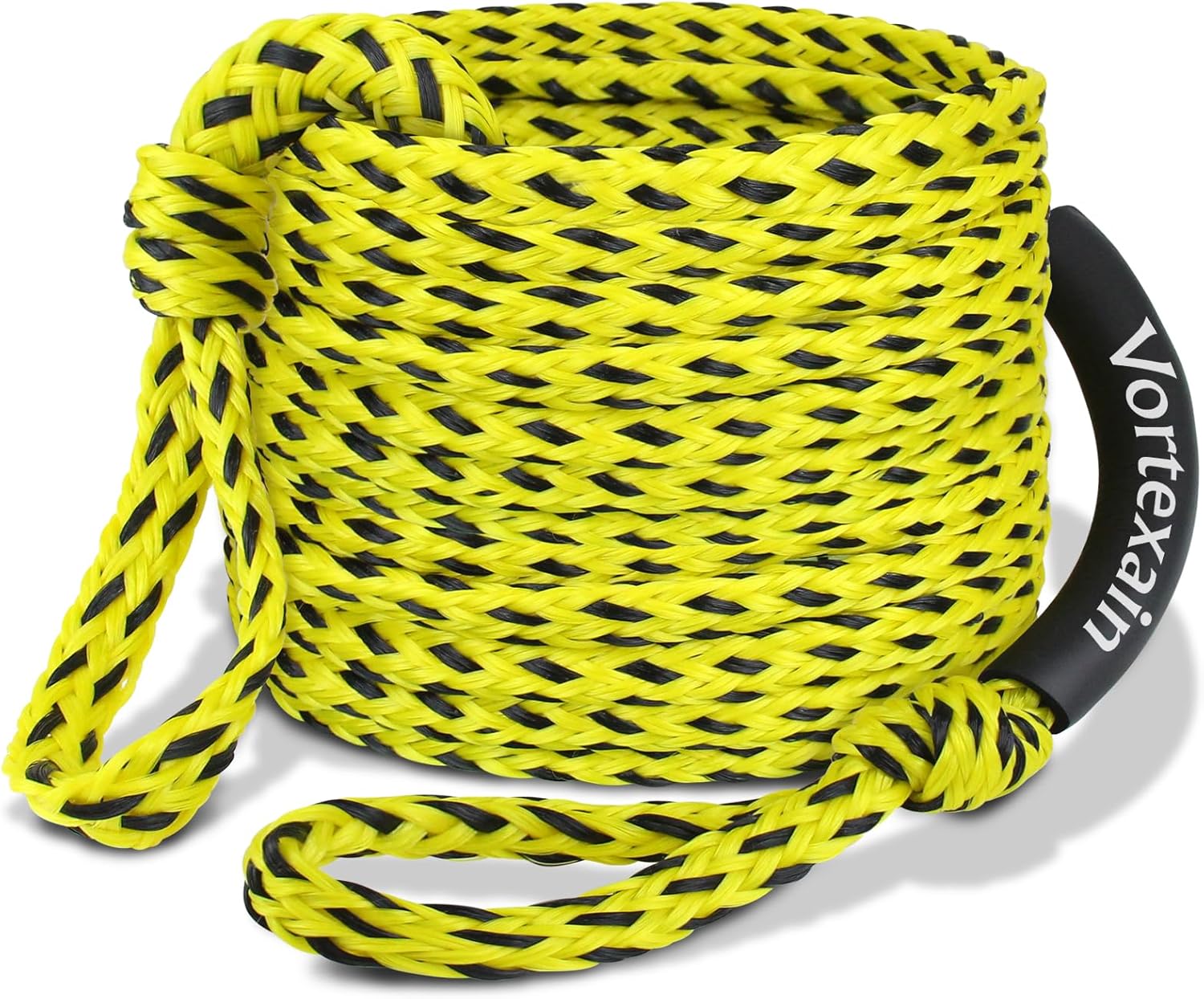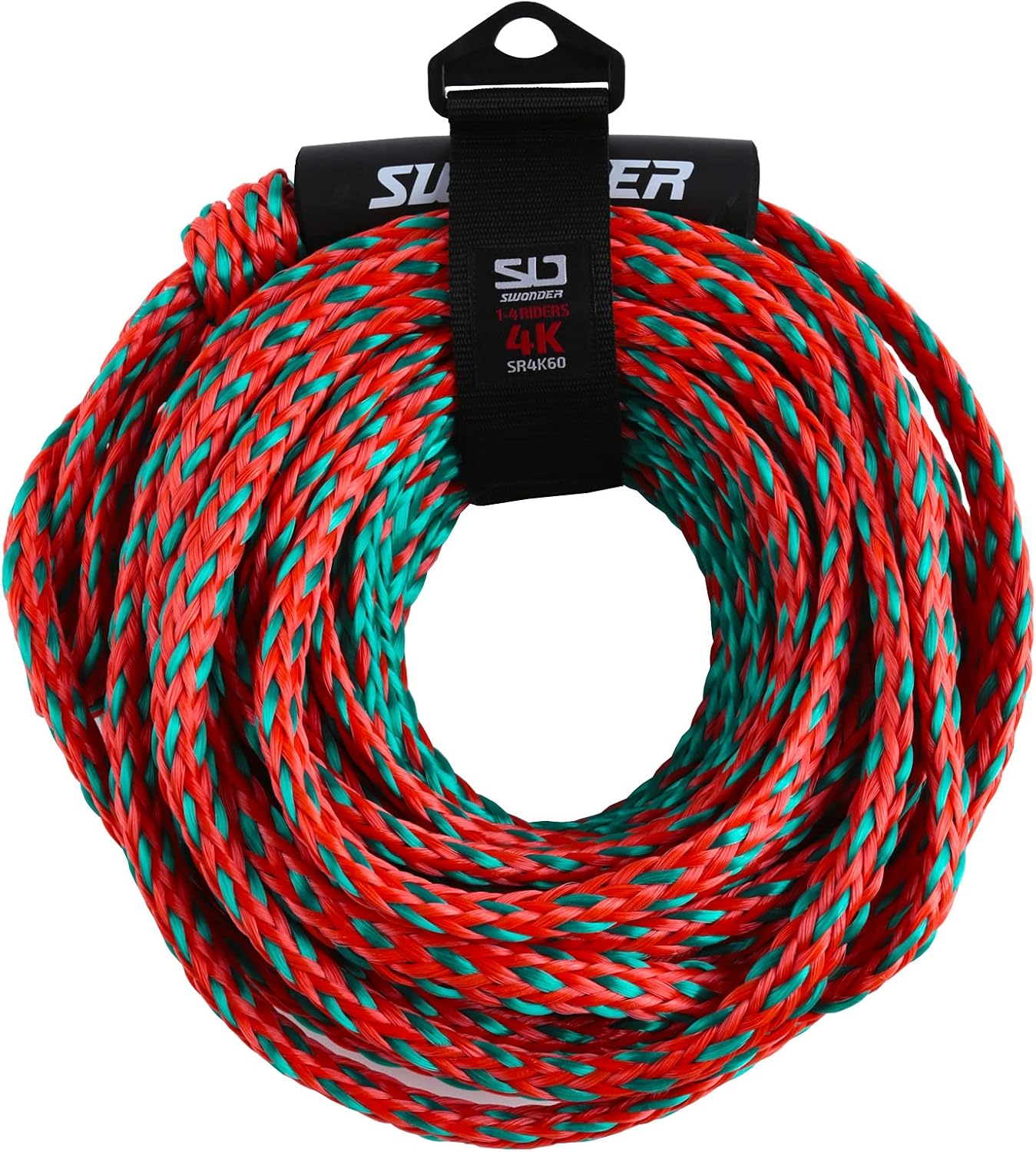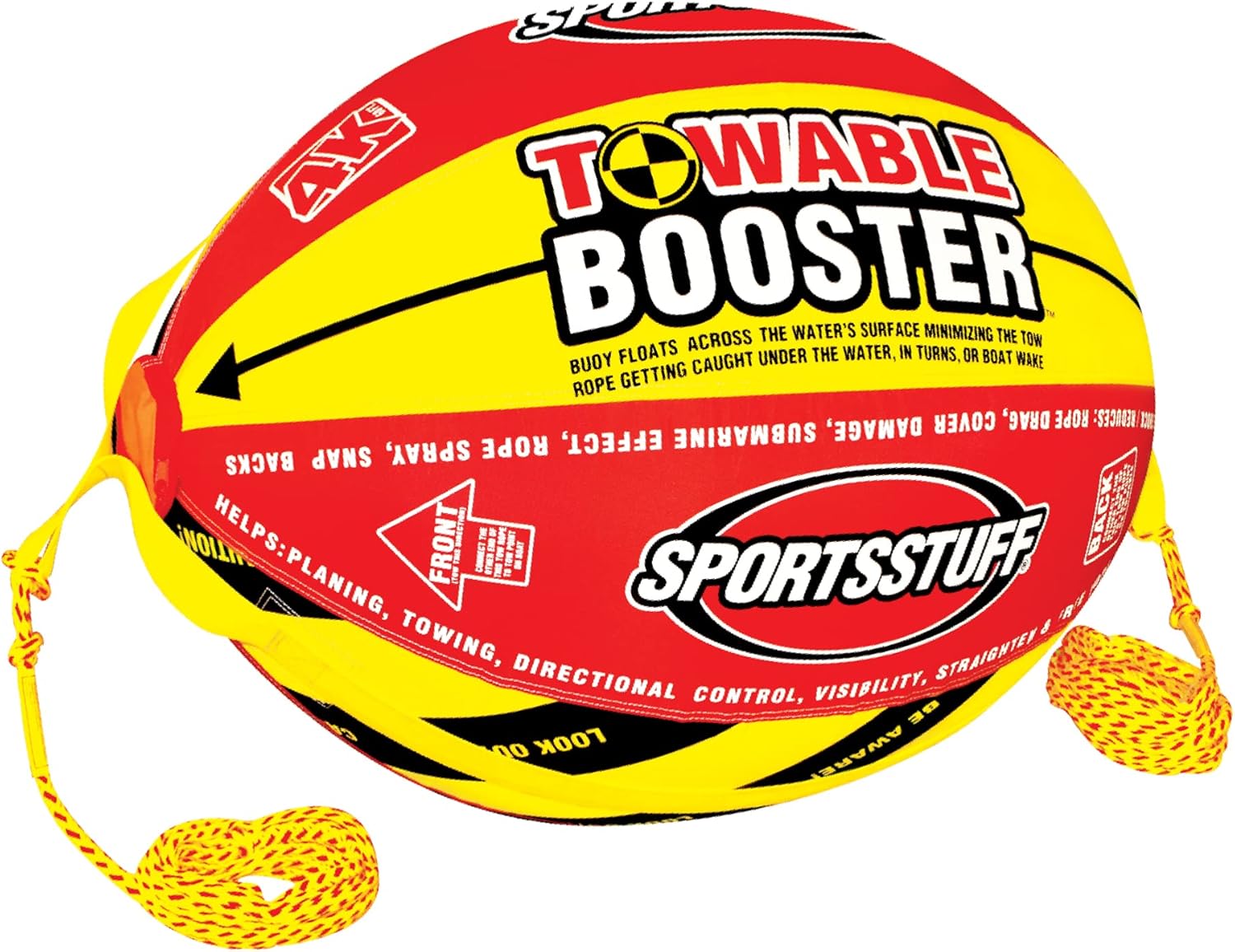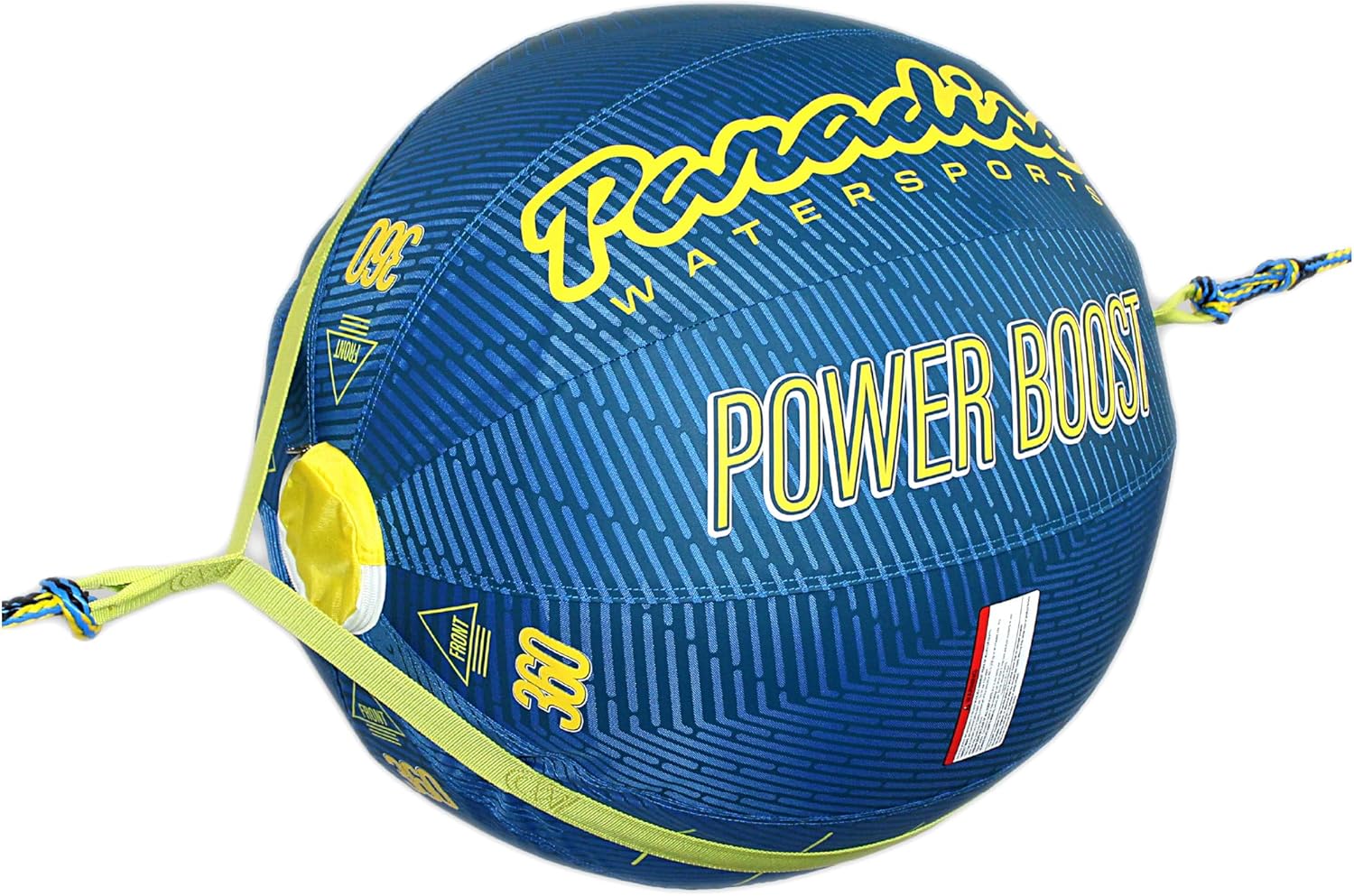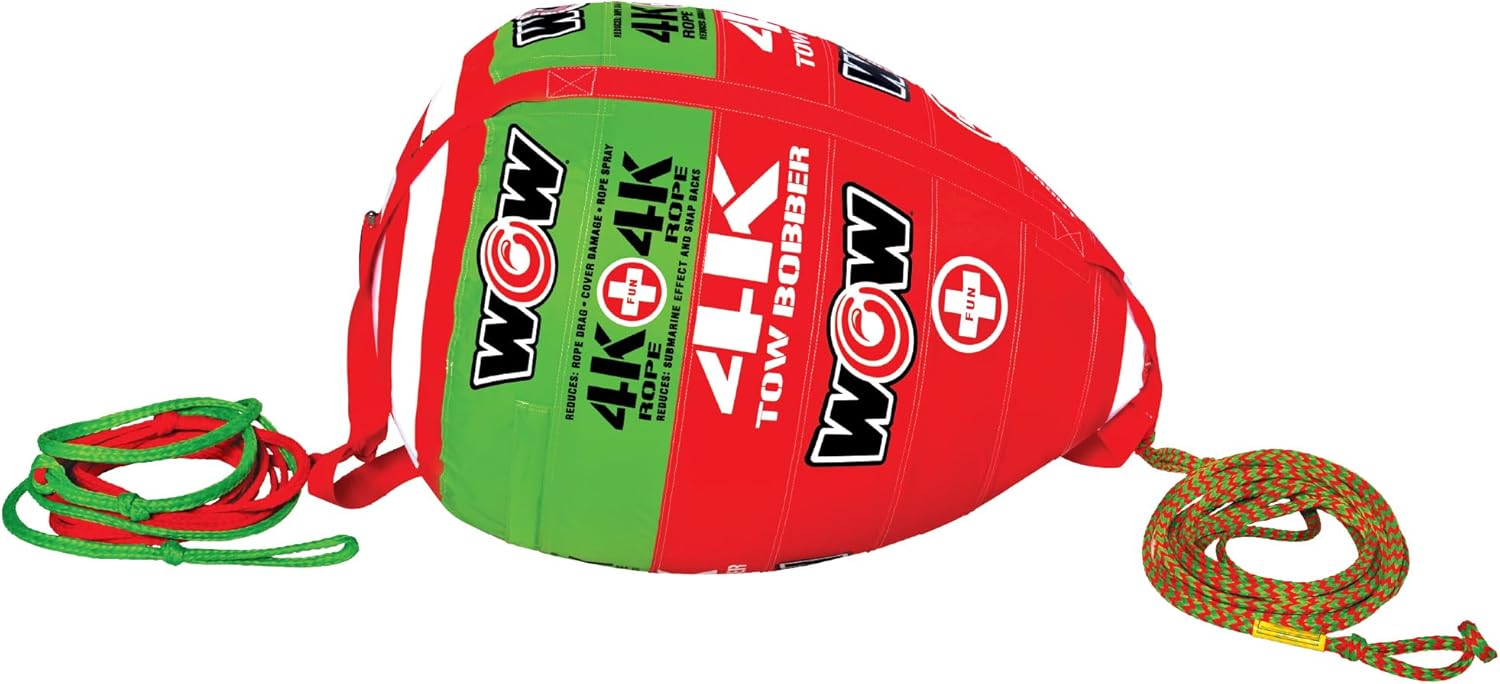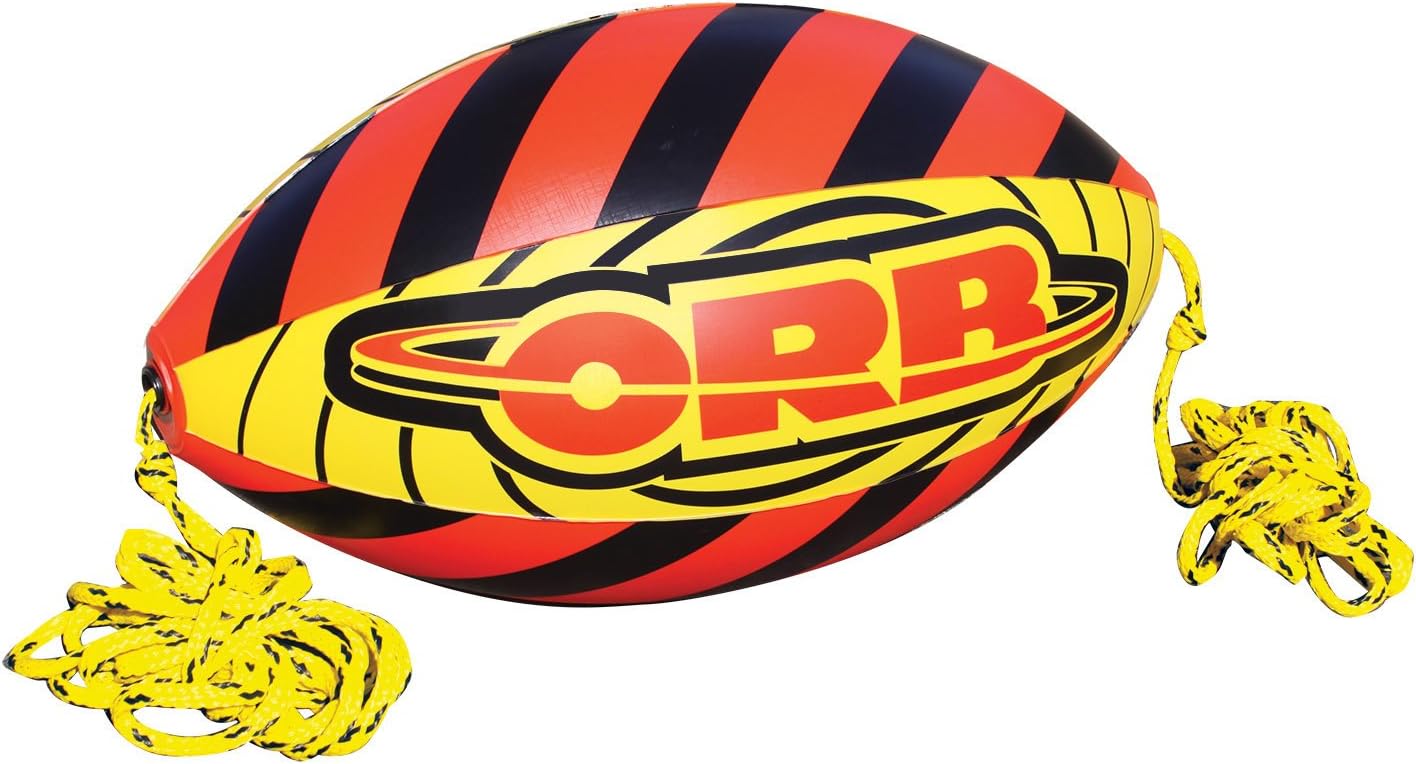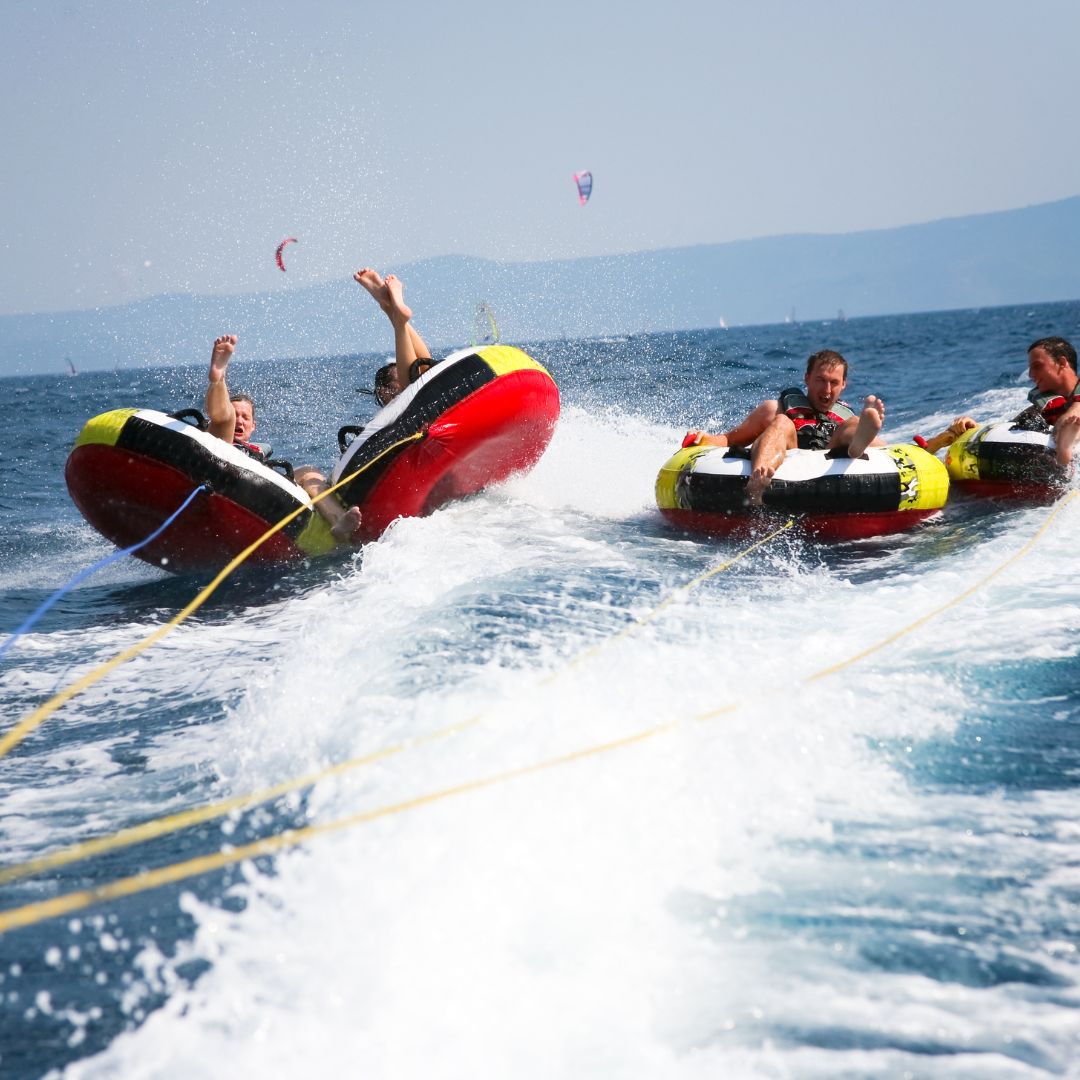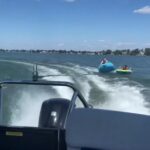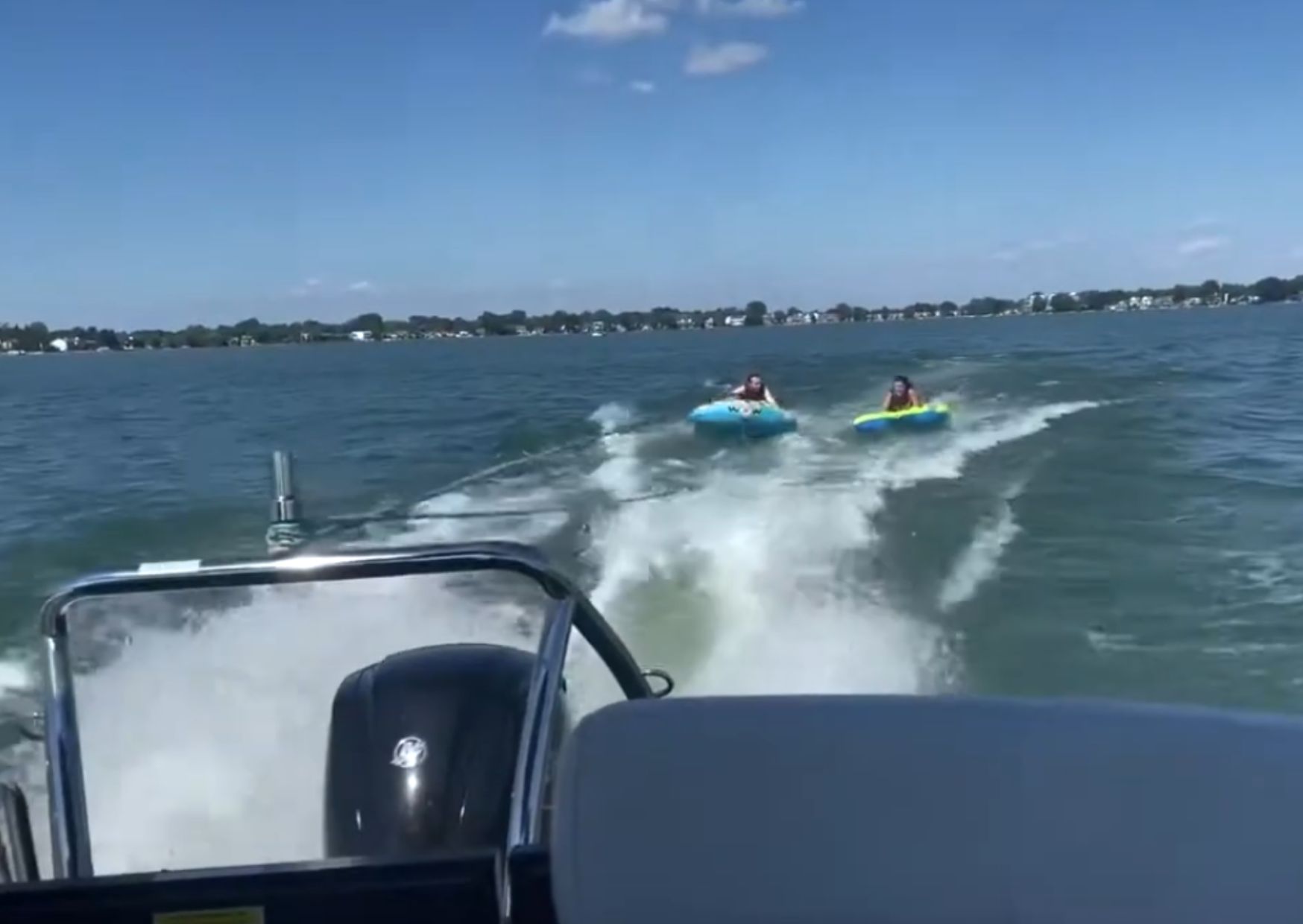How To Attach Tube Tow Rope To Boat: A Step-by-Step Expert Guide for Safe and Smooth Tubing
If you don’t learn how to attach tube tow rope to boat correctly, you may spend the afternoon fishing your cousin out of the reeds while the tube floats off toward another zip code. Tubing seems simple until the rope snaps, the connection point fails, or the tube swings so wide it wipes out your fishing rods.
Most boating accidents linked to tubing stem not from reckless driving, but from an improperly secured tow rope. It’s one of the most overlooked setup steps, and it matters far more than most people think.
In this guide, you’ll learn how to attach tube tow rope to boat, including step-by-step instructions, gear advice, safety insight, and fixes for the problems that usually surface when this is done wrong. Let’s get to it.
Step-by-Step: How to Attach Tube Tow Rope to Boat
Before anything else, confirm that your rope, boat, and tow point are rated for tubing. A rope made for wakeboarding or skiing won’t hold the same force when swinging two kids across the wake in a heavy tube. Use a boat tube rope rated for your rider count and boat speed.
1. Choose the Right Attachment Point on the Boat
- If you have a ski tow pylon, that’s the most stable and central point for attaching a tube rope.
- For outboard or pontoon boats without a pylon, use transom-mounted tow hooks and connect a tow harness or pontoon tow rope that forms a V-shape from each side of the boat.
- Do not attach to cleats, handrails, or bimini hardware. These are not reinforced and can shear off under tension.
2. Use the Right Equipment
- Use a tow rope specifically made for tubing, such as those from Airhead ropes. These float and resist UV damage.
- For boats without a central tow point, use a tow harness or Y-bridle to center the pull and distribute tension across both sides of the stern.
- Consider a quick-connect clip for faster setup and disconnection between sessions.
3. Secure the Rope or Harness
If using a direct tow point:
- Thread the looped end of the tow rope through the tow eye or pylon ring.
- Pull the opposite end through the loop to cinch it down like a lark’s head knot.
If using a tow harness:
|
|
|
|
- Clip each end of the harness to the transom tow hooks.
- The V-bridle should have a center float and connection point.
- Attach the tow rope to that center point with a quick-connect or loop pull-through.
4. Check Alignment and Tension
- Make sure the rope angles straight back from the boat. It should not lean left or right.
- The connection should feel tight but not strained. If there’s slack or an odd angle, adjust the harness or pylon location.
- Start the boat gently, allow the rope to tighten slowly before accelerating.
5. Do a Safety Final Check
- Confirm the rope isn’t tangled or caught under the prop.
- Double-check that knots or clips are fully secured.
- Make sure the tube riders are ready, positioned evenly, and briefed on hand signals.
That’s how to attach tube tow rope to boat with confidence. Once done right, you’ll spend less time troubleshooting and more time actually enjoying the ride.
READ ALSO: Best boat mirror for spotting riders
Where Do You Attach the Rope on Different Types of Boats?
Not all boats are built the same, and the biggest mistake people make is assuming a universal setup works for every hull design.
1. Pontoons
Pulling tube with pontoon boat setups require extra caution. They typically lack a central tow pylon, which means you need a reinforced harness clipped to the aft D-rings or tow eyes. Use a pontoon tow rope and bridle rated for higher loads, and never use the deck cleats. Due to the flat wake, pontoons create more tube bounce, so keeping the rope centered is essential.
2. Jet Skis
Most modern Jet Skis come with a tow hook. Always use a shorter, low-stretch rope, and ensure the tube is rated for personal watercraft use. Be extra cautious with turning angles.
3. Fishing Boats / Center Consoles
These boats may not have a tow ring, so you’ll need to install a removable tow bridle or use reinforced transom tie-downs. Avoid setups where the rope runs over seats or rod holders.
READ ALSO: Best Water Skipping Balls
Choosing the Right Rope: What Makes a Good Tube Rope?
|
|
|
|
Every rope may look the same at a glance, but in tubing, specs matter. A proper boat tube rope:
- Is 50 to 65 feet long
- Is rated for a minimum of 2,375 lbs. tensile strength (for 1-2 riders)
- Has a visible color pattern
- Floats on water (important for avoiding prop snags)
- Includes a rope keeper for tangle-free storage
The best tow rope for tubing options usually come with a break strength that matches your tube capacity. For 3 or more riders, upgrade to a heavy-duty version with at least 4,100 lbs. tensile strength.
How to Attach a Ski Rope to a Tow Ring (and Is It Different?)
People often ask if attaching a ski rope is the same as attaching a tube rope. The answer is no, not exactly.
- Ski ropes are thinner, stretch slightly to reduce the jolt, and aren’t made for wide-angle swings or multiple riders.
- The tow ring on your boat may be rated for both, but the rope type should match the sport.
- How to attach a ski rope to a tow ring involves passing the loop through the ring, then pulling the rope through itself, similar to the lark’s head but you must ensure the rope doesn’t fray or rub against metal.
|
|
|
|
Tube Rope Length: How Long Should a Tube Rope Be?
The standard rope length for tubing is 50 to 65 feet. Here’s why it matters:
- Too short, and riders catch prop wash or rough wake
- Too long, and they swing too far or lose control
- Booster balls or inline rope floats can stabilize the middle to reduce drag
Use shorter ropes on small lakes, and longer ropes if pulling from a pontoon or wider boat to get the tube into clean wake.
If you’re asking how long should a tube rope be for kids or beginners, start around 50 feet and adjust based on comfort.
How to Pull a Tube Behind a Boat Safely
Whether you’re new or experienced, here are the golden rules:
- Start slow, then build speed gradually
- Communicate with riders using hand signals (thumbs up, thumbs down, etc.)
- Watch for slack in the rope; sudden tension can snap or jerk the tube
- Avoid tight turns; keep your wake clean and predictable
How to pull a tube behind a boat isn’t about power, it’s about smooth control, awareness, and constant line of sight with the riders.
What If You’re Pulling Two Tubes?
Yes, you can, but it’s more complex.
- Use a Y-shaped bridle or a dual-tube connector with equal rope lengths
- Riders should weigh about the same to maintain symmetry
- Keep speeds moderate to prevent whipping
How to pull two tubes behind a boat requires a careful balance of gear, engine strength, and rider control. If the tubes collide, separate them farther or adjust the rope lengths.
Common Mistakes When Attaching Tow Ropes
Most issues happen before the engine even starts. Watch for:
- Tying the rope to a weak point like a cleat or handle
- Using the wrong rope type (e.g., ski rope instead of tube rope)
- Forgetting to center the pull, causing uneven swings
- Letting the rope drag or wrap around the prop
These errors cause fraying, rider wipeouts, or even gear failure mid-ride.
How to Tie Ski Rope to Boat: The Knot Matters
If you’re not using a quick-connect, your knot must be reliable and easy to untie.
Best knots for tow ropes:
- Bowline Knot: Strong and easy to untie after load
- Figure Eight Follow Through: Prevents slipping under tension
- Avoid slipknots or basic overhand knots; they cinch too tightly under strain
Tying securely is as essential as where you tie. Learn the right knots, and inspect them before each pull.
The Bottom Line on How to Attach Tube Tow Rope to Boat
The best tubing experiences come from thoughtful prep, not last-minute guesswork. By now, you know how to attach tube tow rope to boat in a way that ensures safety, smooth pulls, and fewer headaches.
Tubing isn’t just about fun. It’s about making sure every setup is perfect. Whether you’re using Airhead ropes or a heavy-duty harness for a pulling tube with pontoon boat, the way you connect it all can make or break the ride.
